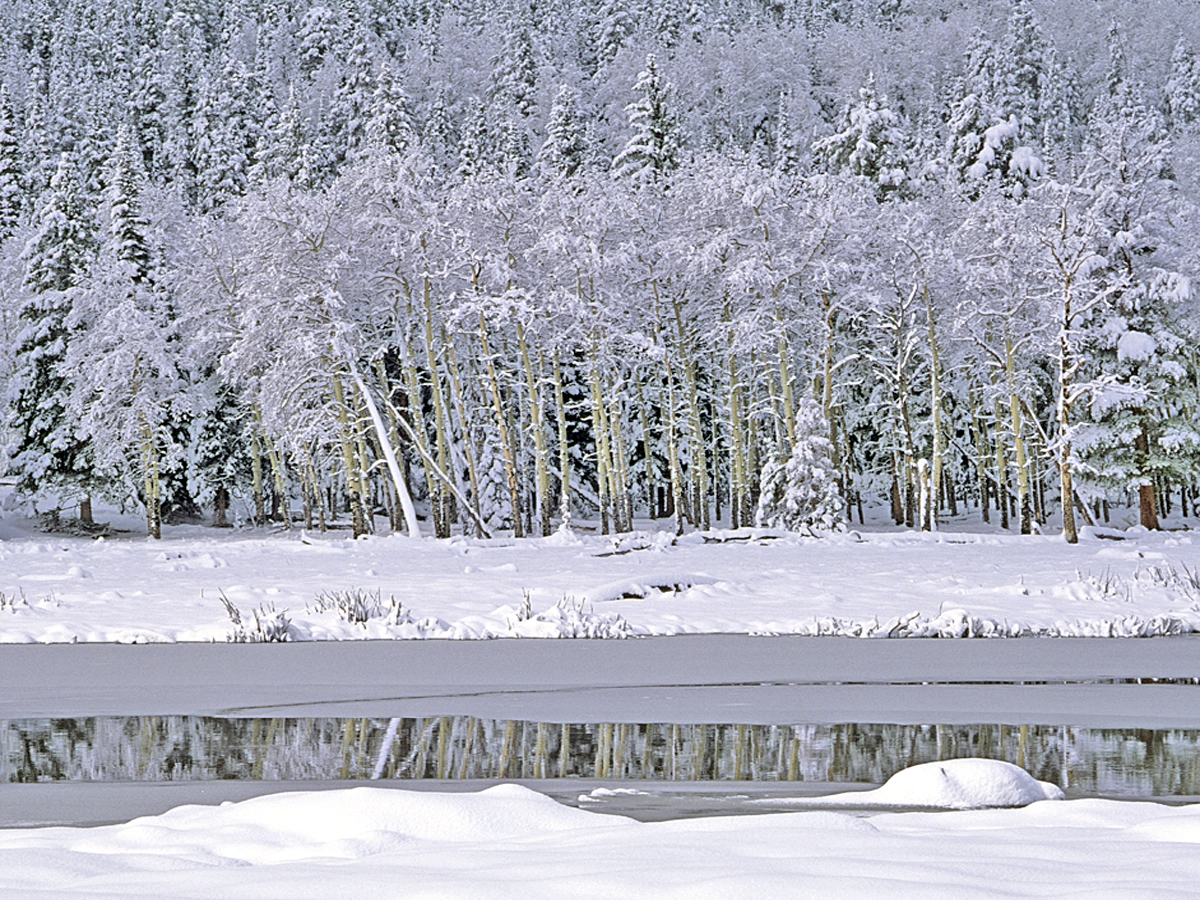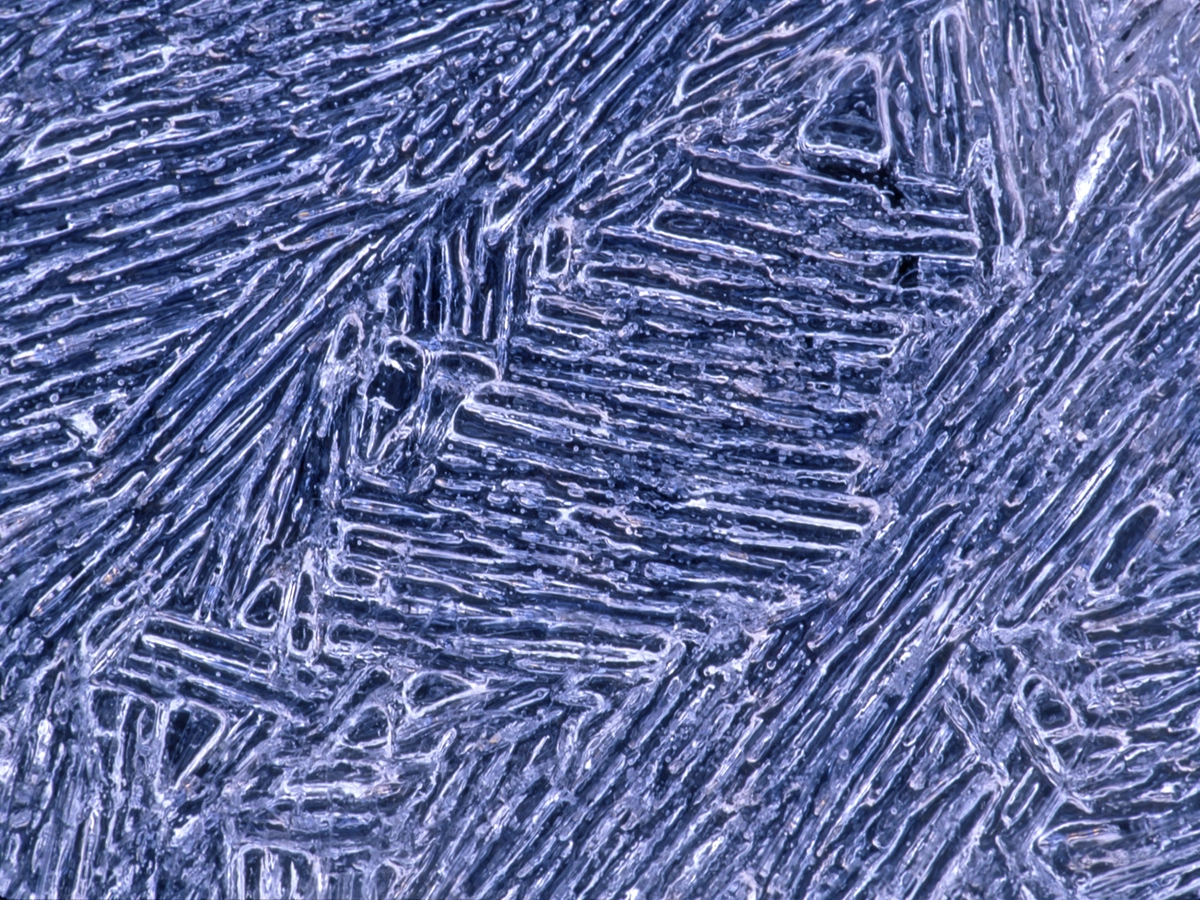
Winter is the one season of the year that is the least photographed due to some legitimate photographic challenges. Yet, due to the artistic and magical changes that Nature provides and the solitude that one can experience due to the lack of crowds, photographing winter landscapes can be very rewarding.
Dealing with winter’s challenges means that one must be prepared for extremely cold conditions. Keeping yourself and your camera equipment warm and dry is very important. Trying to operate dials and buttons on a camera with frozen fingers can be difficult and outright painful. I wear a thin glove liner underneath my gloves to protect my fingers from the frigid air while shooting. I also carry a couple of chemical hand warmers that can be placed inside my gloves that can provide heat for up to 2-4 hours. I always keep my camera gear protected from the elements when I am not actually shooting. Camera batteries will lose power rapidly when temperatures drop below freezing. Moisture coming in contact with electrical contacts can also be detrimental. When I’m not taking photographs, I place my camera inside of my coat, which allows body heat to keep the camera warm. In addition, I store a spare battery inside of my coat to ensure I will always have a warm battery.

Consistently obtaining properly exposed images when photographing snow is another challenge most photographers have experienced. Most, if not all of the photographers whom I have spoken with have experienced difficulty with this at one time or another. The snow in their photographs has come back dingy gray in color instead of white. This is caused by underexposure. To overcome this problem, the photographer must understand that when light reflects off of snow, the bright light reflected back towards the camera fools the camera’s light meter, in a sense telling the metering system that there is too much light. This problem can be resolved in a variety of ways. First, take a meter reading off of the scene and then open up the aperture or slow down the shutter speed by one to two f-stops depending on how overcast the sky is. The other solution is to take a meter reading off of a middle-toned subject such as worn blue jeans, a tree trunk or better yet, carry an 18% photographic gray card. When you meter off of the gray card, make sure it is in the same light as your subject so that the light reflected back to your camera meter remains consistent. By using these techniques, the snow in the scene will be rendered as white instead of dingy gray.

When taking photographs during the winter, I prefer to take advantage of shooting during changing weather conditions, such as during the middle of a snowstorm or capturing a sunrise after a clearing snowstorm. Circumstances such as these can create very interesting and exciting images while experiencing the essence and solitude of that specific moment in time. Shooting during the winter provides an opportunity to view the surrounding landscape in a purely different way compared to other seasons. Graphic lines created by snow-covered objects and textures of patterns found frozen in time along streams excite the senses. Photographers can also enhance their images by photographing while the sun is at the lowest points on the earth’s horizon. The warm, soft, glowing light during these times is much more dramatic and will transform an average scene into a purely magical moment.
With the proper equipment and knowledge of exposure any photographer can face down the obstacles experienced when photographing in winter. So take advantage of the opportunity to brave the elements and frigid temperatures this winter and be ready to be rewarded with magical opportunities that will melt away any of the challenges brought on by Old Man Winter!
JS
© NatureScapes Photography 2023
Questions or comments about this article can be sent to Jeffrey through his website at www.naturescapesphoto.com